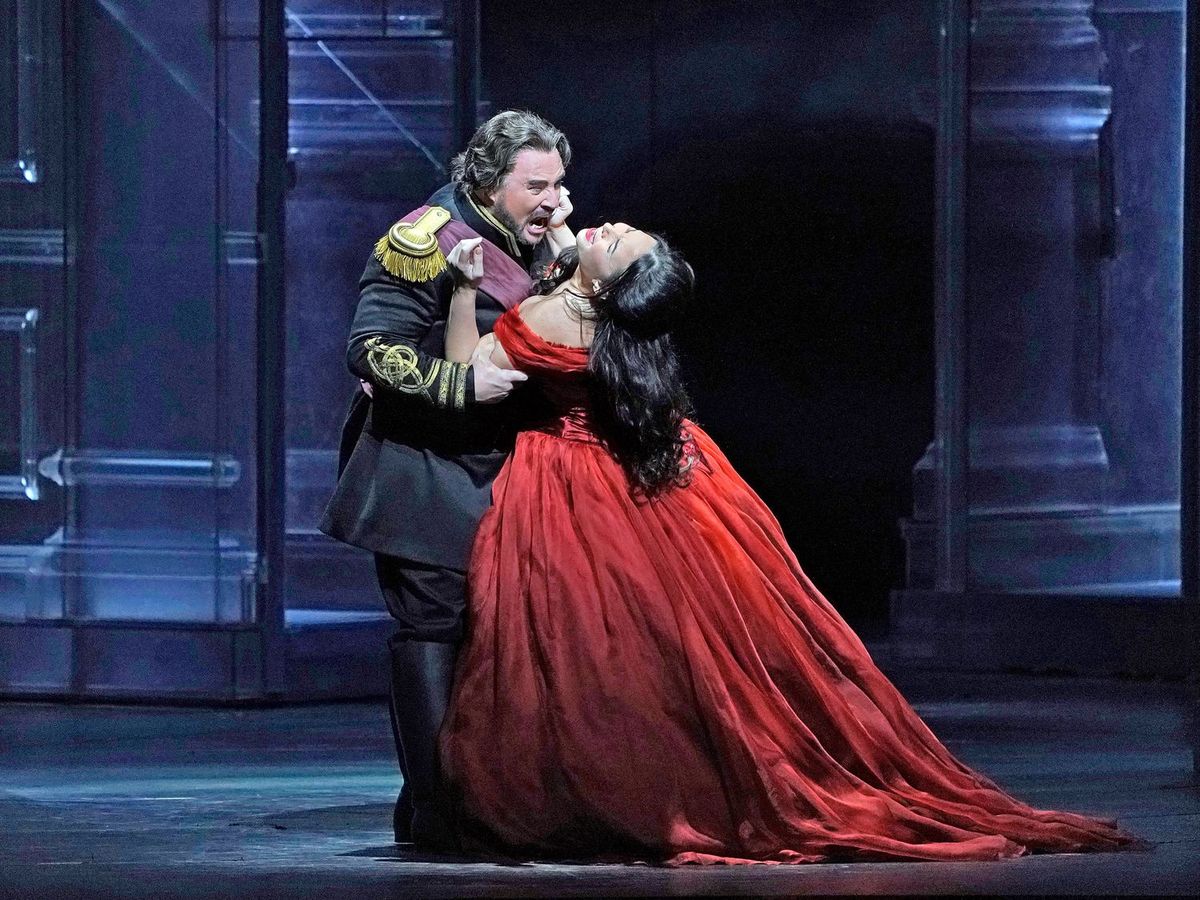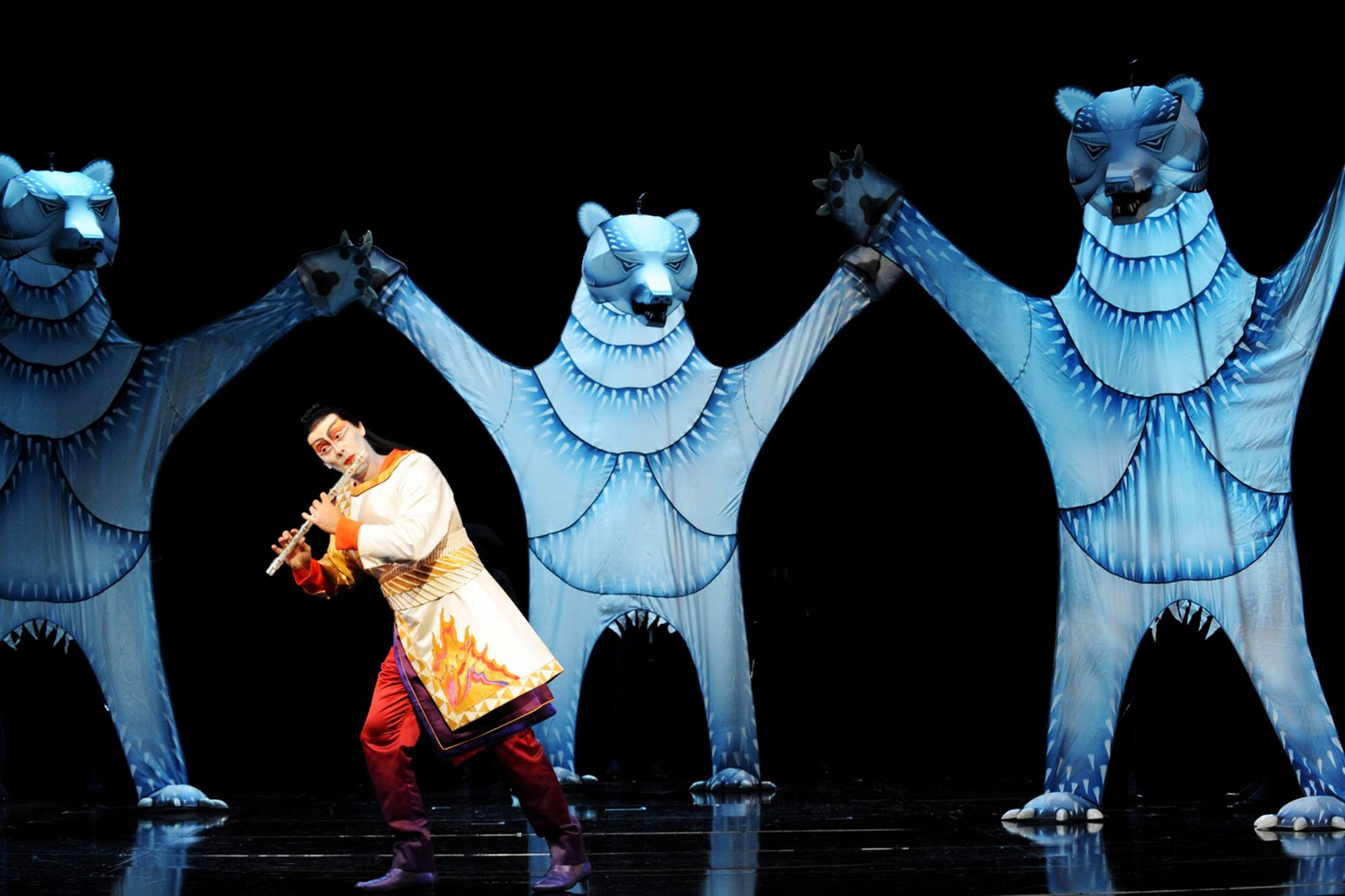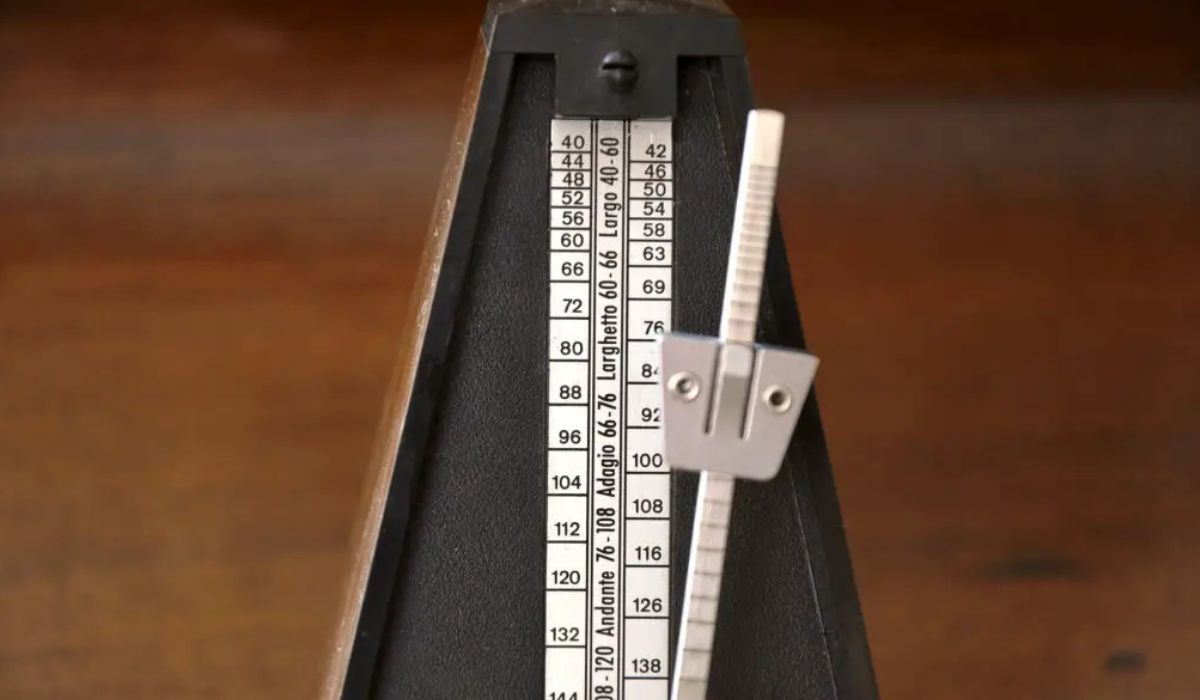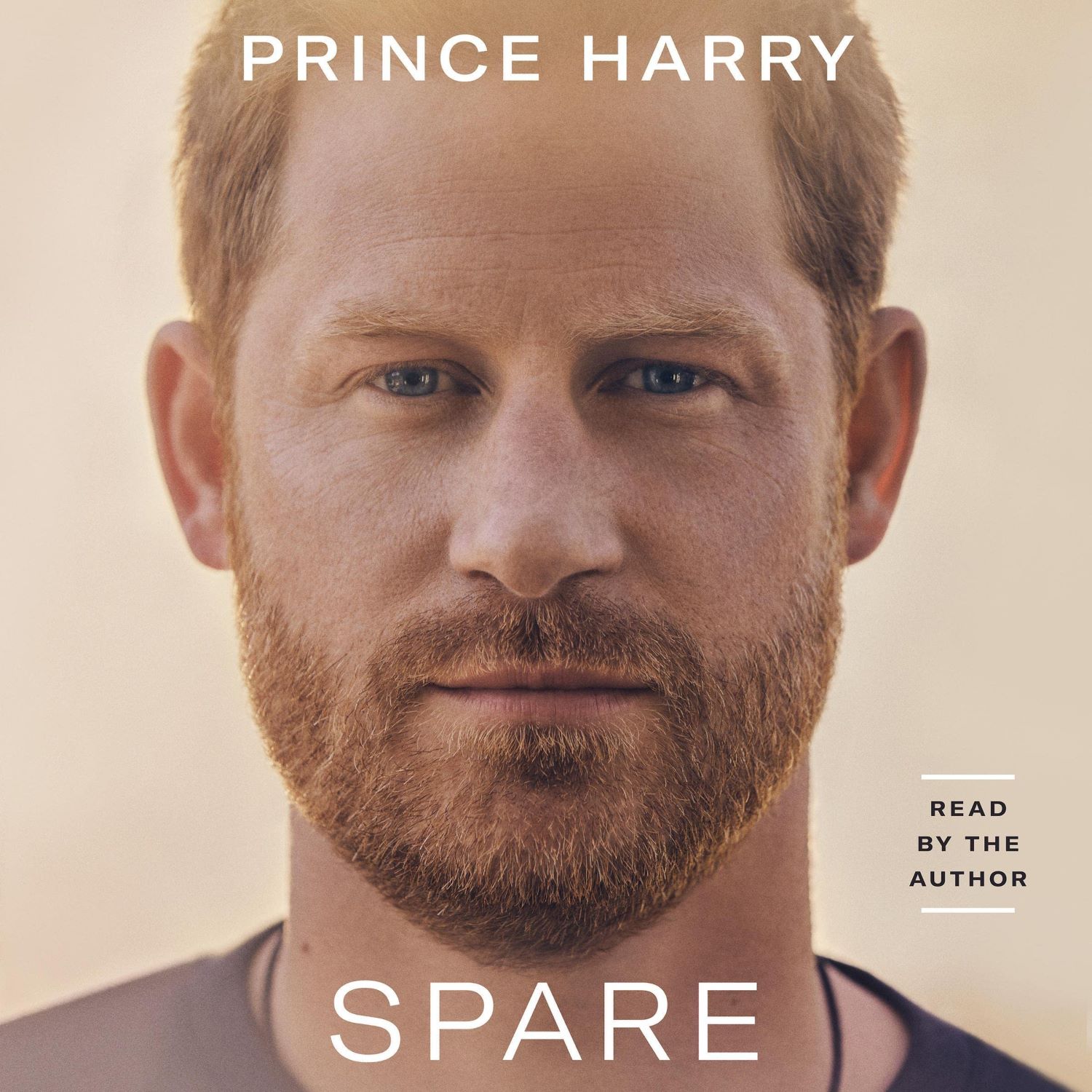Home>Events & Info>Opera>How Long Is The Opera Otello


Opera
How Long Is The Opera Otello
Modified: January 22, 2024
Discover the length of the opera Otello and why it has captivated audiences for generations. Immerse yourself in the dramatic world of this timeless opera.
(Many of the links in this article redirect to a specific reviewed product. Your purchase of these products through affiliate links helps to generate commission for AudioLover.com, at no extra cost. Learn more)
Table of Contents
Introduction
Welcome to the fascinating world of opera, where breathtaking performances and captivating stories come to life on stage. One of the most renowned and beloved operas is “Otello,” a masterpiece composed by the legendary Giuseppe Verdi. In this article, we will explore the length of the opera Otello and delve into its intricacies.
First performed in 1887, Otello is based on William Shakespeare’s tragedy “Othello,” showcasing Verdi’s incredible ability to translate the intense emotions of the characters into powerful and moving music. This operatic adaptation takes the audience on a journey through love, jealousy, betrayal, and ultimately, tragedy.
As with any opera, the length of Otello can vary depending on several factors, including the interpretation and pacing of the production. On average, a typical performance of Otello can last anywhere from two and a half to three and a half hours.
However, it is important to note that the duration may also differ between different opera houses and productions. Some performances may include intermissions, further elongating the overall run time. To ensure the most accurate and up-to-date information, it is recommended to check the specific details of your chosen opera performance.
Now, let us embark on a fascinating journey into the world of Otello, examining the synopsis, factors that affect the duration, and how it compares to other popular operas.
Brief History of Otello
The history of Otello dates back to the late 19th century when Giuseppe Verdi, already a renowned composer, was inspired by Shakespeare’s tragic play “Othello.” Verdi, known for his ability to convey deep emotions through his music, saw the potential to bring this powerful story to life on the operatic stage.
After meticulous planning and collaboration with librettist Arrigo Boito, the opera Otello was born. It premiered on February 5, 1887, at La Scala in Milan, Italy. The audience was captivated by Verdi’s music, which expertly depicted the jealousy, love, and despair of the characters.
Otello was an immediate success, further solidifying Verdi’s place as one of the greatest opera composers of all time. The innovative use of leitmotifs, recurring musical themes associated with specific characters or ideas, added depth and cohesion to the opera.
Throughout the years, Otello has seen numerous adaptations and interpretations, solidifying its place in the repertoire of major opera houses worldwide. Each new production brings a fresh perspective while staying true to the original essence of Verdi’s composition.
One notable milestone in the history of Otello was the iconic production directed by Franco Zeffirelli at the Metropolitan Opera in 1995. This visually stunning rendition, which featured Plácido Domingo in the titular role, received critical acclaim and became a benchmark for future performances.
Today, Otello continues to be celebrated as one of Verdi’s greatest masterpieces and remains a staple of opera houses around the world. Its timeless themes of love, jealousy, and betrayal resonate with audiences of all generations, reinforcing the power of opera as a medium for storytelling and emotional expression.
Synopsis of the Opera
Otello tells the tragic story of love, jealousy, and manipulation, set against the backdrop of a Venetian society consumed by political intrigue. The opera revolves around three main characters: Otello, a renowned General; Desdemona, his innocent and faithful wife; and Iago, Otello’s trusted ensign.
The opera begins with Otello and Desdemona having just arrived in Cyprus, a territory under Otello’s command. As they celebrate their safe arrival, Iago plots to sow seeds of doubt and jealousy in Otello’s mind.
Iago, driven by his own twisted motivations, convinces Otello that Desdemona has been unfaithful to him with Cassio, a young and loyal officer. Through a series of manipulative actions and deceitful words, Iago plants the seeds of suspicion in Otello’s heart.
The once-loving relationship between Otello and Desdemona begins to crumble as Otello’s mind becomes consumed by jealousy. He becomes increasingly distant and hostile towards Desdemona, causing her great confusion and sadness.
Iago’s manipulations escalate, pushing Otello to the brink of madness. Desdemona, unaware of Iago’s role in the unfolding tragedy, pleads with Otello to trust her and assures him of her undying love and loyalty.
In a gripping climax, Otello, consumed by his jealousy and convinced of Desdemona’s betrayal, confronts her with accusations of infidelity. In a heart-wrenching scene, Desdemona pleads her innocence, but Otello remains convinced of her guilt.
Tragically, unable to bear the weight of his suspicions, Otello strangles Desdemona to death. Realizing the truth too late, Otello is overcome with grief and remorse for his actions. In the opera’s final moments, he takes his own life, unable to live with the consequences of his misplaced trust in Iago.
Otello is a deeply emotional and dramatic opera, showcasing the destructive power of jealousy and manipulation. The powerful music of Verdi amplifies the intense emotions of the characters, making it a truly unforgettable experience for performers and audiences alike.
Duration of Otello Performances
The duration of Otello performances can vary depending on several factors, including the specific production, the interpretation of the director, and the pacing of the singers and orchestra. On average, a performance of Otello can last anywhere from two and a half to three and a half hours.
The length of each act within Otello also contributes to the overall duration. Typically, the opera is divided into four acts, with intermissions between them. The first act sets the stage and introduces the characters, while the second and third acts delve deeper into the complexities of the story. The final act is the climactic resolution of the opera’s tragic events.
It is important to note that some performances of Otello may include additional intermissions or cuts to the score, which can impact the overall duration. These cuts are often made to streamline the production or accommodate the specific requirements of a particular venue or cast.
Furthermore, the pace at which the performers deliver their lines and sing the music can influence the duration of the opera. Some productions may opt for a slower, more deliberate approach, allowing for heightened emotional impact, while others may choose to maintain a faster tempo, emphasizing the urgency and tension of the story.
When attending a performance of Otello, it is wise to check the specific details provided by the opera house or production company. This will help you plan your evening and ensure that you have accurate information regarding the start time, duration, and any scheduled intermissions.
Overall, experiencing a live performance of Otello is a truly remarkable and immersive experience. The combination of Verdi’s lush and powerful music, the exceptional vocal performances, and the dramatic staging creates an unforgettable evening at the opera.
Factors That Affect the Duration
Several factors can affect the duration of a performance of Otello. Understanding these factors can provide insight into why the duration may vary between different productions. Here are some key factors that can influence the overall length of the opera:
- Conductor’s Interpretation: The conductor’s interpretation plays a significant role in shaping the overall pacing of the opera. Some conductors may opt for a faster tempo, moving the story along swiftly, while others may choose a slower pace to emphasize certain emotional moments. This can impact the duration of the performance.
- Cuts to the Score: In certain cases, directors or conductors may make cuts to the original score to streamline the production or fit within time constraints. These cuts can reduce the overall duration of the opera, but they may also result in the omission of certain musical passages and scenes.
- Casting Choices: The vocal abilities and interpretations of the cast can impact the overall pacing of the opera. Different singers may choose to take more time with certain phrases or embellishments, which can slightly extend the duration of the performance. Additionally, the chemistry and dynamic between the lead roles can influence the overall tempo of the production.
- Production Design: The staging and production design choices can also affect the duration of Otello. Elaborate sets, intricate costume changes, and complex stage movements may require additional time during scene transitions. Conversely, minimalist designs and efficient stage direction can help maintain a brisk pace.
- Translations and Supertitles: If the opera is performed in a language different from the audience’s native tongue, translations or supertitles may be provided to aid comprehension. The time taken for reading or waiting for translations can add a few minutes to the overall duration of the performance.
Given these factors, it is essential to remember that each production of Otello is unique and may have variations in duration. It is advisable to check the specific details of a particular performance to ensure the most accurate information regarding the expected duration.
Regardless of the duration, experiencing the powerful emotions, the breathtaking music, and the dramatic storytelling of Otello is an unforgettable experience for opera lovers and newcomers alike.
Comparison with Other Operas
When considering the duration of Otello in relation to other popular operas, it is important to note that opera lengths can vary significantly. Some operas are more concise, while others are known for their epic length and grand scale. Here, we will compare the duration of Otello to a few well-known operas:
- La Traviata: La Traviata, another beloved work by Giuseppe Verdi, is known for its poignant story and beautiful music. On average, performances of La Traviata typically last around two and a half to three hours, similar to the duration of Otello.
- The Barber of Seville: Gioachino Rossini’s comedic masterpiece, The Barber of Seville, is lively and energetic. It is generally shorter in duration, with performances ranging from two to two and a half hours, making it a more compact opera compared to Otello.
- Aida: Aida, also composed by Verdi, is an epic opera set in ancient Egypt. Due to its grand scale and numerous large-scale scenes, Aida typically has a longer duration. Performances of Aida can last anywhere from three to four hours, including intermissions.
- Die Walküre: From Richard Wagner’s renowned Ring Cycle, Die Walküre is an intense and lengthy opera. It often takes around four to five hours to perform, making it significantly longer than Otello and many other operas.
- Carmen: Georges Bizet’s Carmen, a tale of passion and tragedy, usually has a duration of around three hours. However, like with other operas, the specific performance and interpretation can influence the overall length.
While the duration of Otello falls within the average range for most operas, it is worth noting that the length of any opera can be influenced by various factors, as mentioned earlier. Ultimately, the duration of an opera does not necessarily dictate its impact or quality; it is the power of the music, story, and performance that resonate with audiences and create a lasting impression.
Regardless of the length, each opera offers a unique and captivating experience, allowing audiences to immerse themselves in the beautiful world of storytelling through music.
Conclusion
Otello, a timeless masterpiece composed by Giuseppe Verdi, continues to captivate audiences with its powerful music and tragic story. While the duration of Otello performances can vary depending on the production and interpretation, on average, it lasts between two and a half to three and a half hours.
Throughout the opera’s history, Otello has remained a staple of the opera repertoire, showcasing the exceptional talents of singers, conductors, and directors. The opera’s intense plot, filled with love, betrayal, and jealousy, is brought to life through Verdi’s emotionally charged music.
We have explored various factors that can influence the duration of Otello, including the conductor’s interpretation, cuts to the score, casting choices, production design, and translations. Each of these elements contributes to the overall pacing and length of the performance.
When comparing Otello to other popular operas, it falls within a similar duration range to many beloved works. Operas like La Traviata and The Barber of Seville have similar durations, while longer epics like Aida and Die Walküre require more time.
Ultimately, the duration of an opera should not overshadow the impact it has on the audience. Otello’s tragic story, coupled with Verdi’s emotive music, has the ability to draw audiences into a world of intense emotions and profound human experiences.
Regardless of the duration, attending a performance of Otello provides a unique opportunity to witness the blending of music, storytelling, and exceptional vocal performances. It is an experience that immerses the listener in the rich artistic expression that makes opera such a captivating art form.
So, whether Otello lasts for two and a half hours or three and a half hours, the powerful emotions and timeless beauty of Verdi’s masterpiece will undoubtedly leave a lasting impression on those who have the privilege to witness it.











